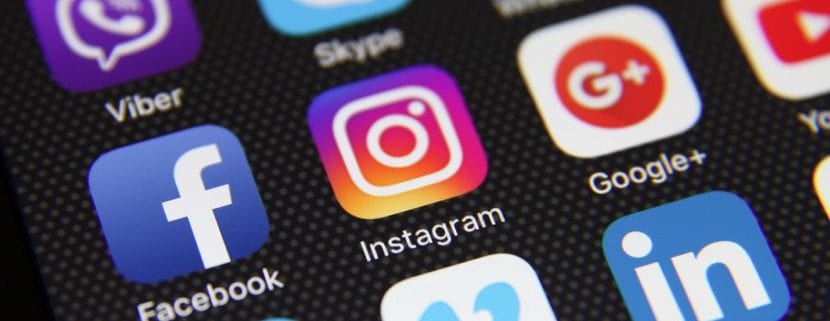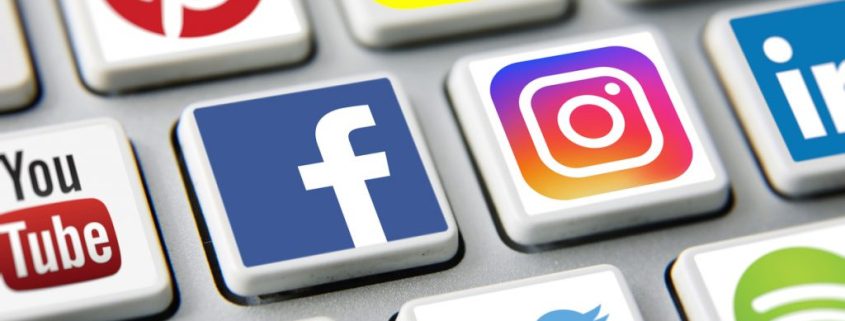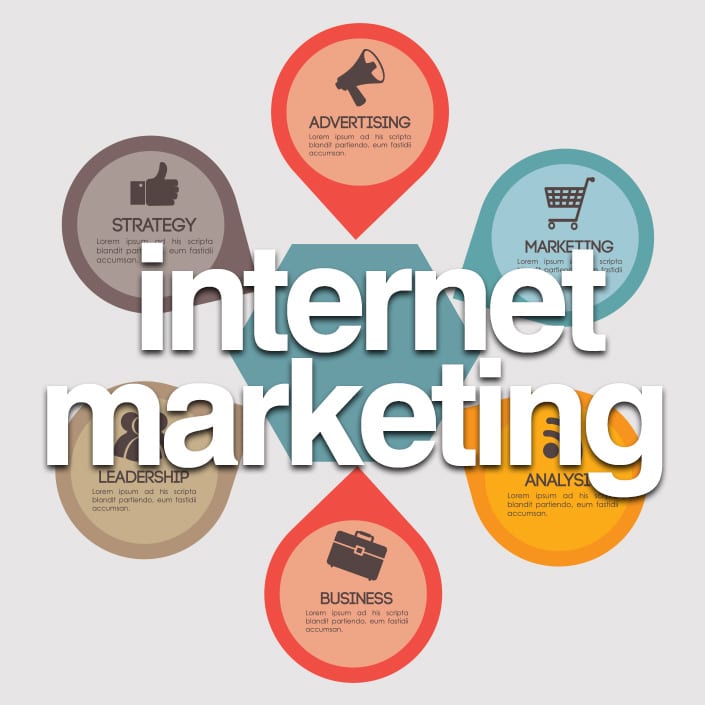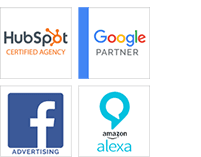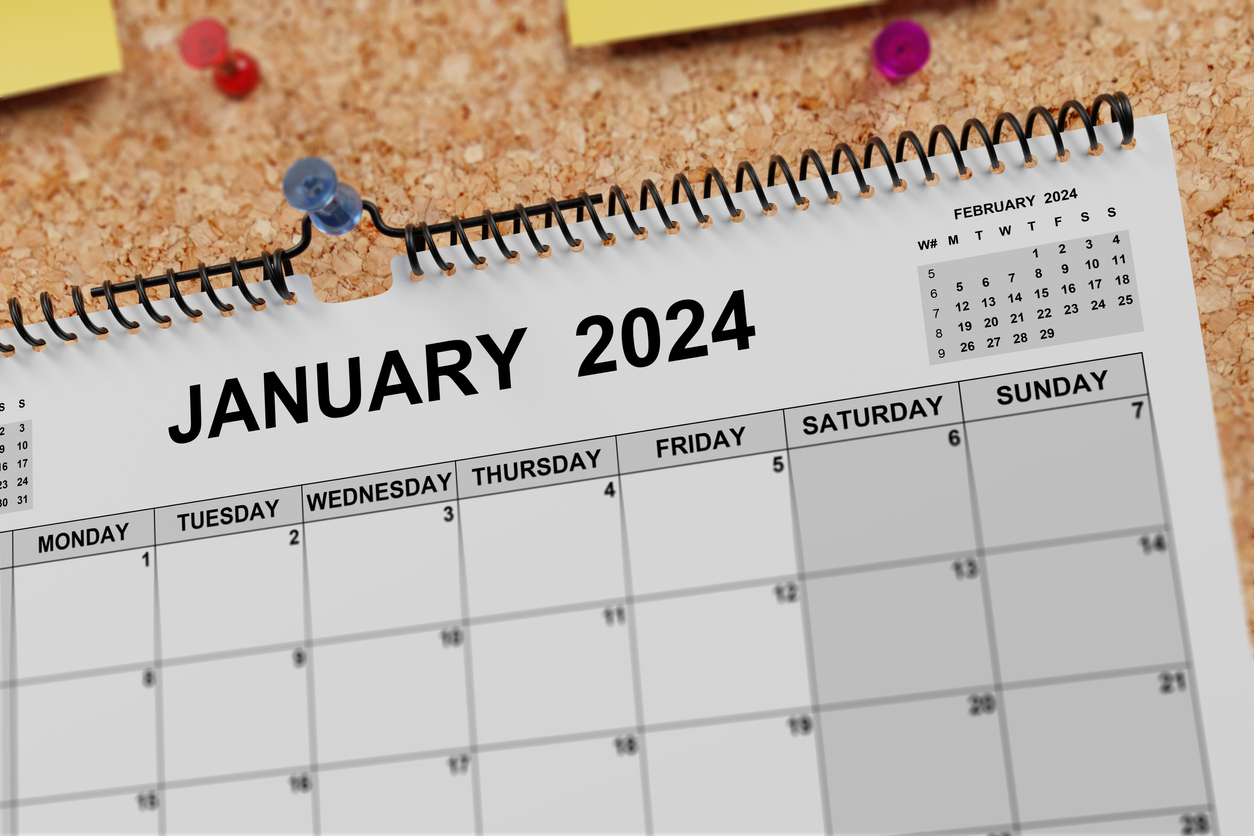
What’s Trending in Marketing For January 2024
Presenting our monthly newsletter focused on delivering the most recent marketing trends and global updates. This newsletter serves as your exclusive resource to stay well-informed and current with the monthly trends in the marketing and digital world. As we explore this year’s correlation with Nickelodeon and the Super Bowl advertisements, the evolvement of Artificial Intelligence and Virtual Reality in digital marketing, influencers, insurance battles, and more. We invite you to join us while we explore 2024’s exciting new marketing trends.

Noteworthy Marketing News
2024’s Super Bowl Ads
Get ready for a touchdown of nostalgia and entertainment as Nickelodeon takes stage during the 2024 Super Bowl advertisements. This delightful journey for viewers of all ages only took six weeks to sell out. This year’s advertisement roster includes new and sweet commercials from Reese’s, Hershey’s, Nerds, and more to feed your cravings while you watch your favorite team win. This unique collaboration between Nickelodeon and brands adds an extra layer of excitement to the Super Bowl ad lineup. It’s not just about entertainment; it’s about creating an experience that captures the essence of both Nickelodeon’s charm and the thrill of Super Bowl Sunday into one. Read more here.
The Average Spend For This Year’s Super Bowl Ads
Super Bowl commercials are highly expensive coveted spots due to the massive viewership of the event, making them one of the most expensive slots in the advertising world. In a groundbreaking move, the Paramount Global-owned network is setting the stage with an extraordinary opportunity for brands to showcase their products and services for $7 million for every 30-second commercial in the Super Bowl. Read more here.
Interested in Last Years Major Trends? Click here.
Revolutionizing Marketing: The Impact of AI and VR
As our generations grow, the evolvement of our technology reaches points we’ve never imagined. Artificial Intelligence aka AI, revolutionized the size of marketing that we have today. AI has made it easier for marketers to think outside the box. It helps marketing companies find new ways to analyze data and create a new and unique user experience for their clients. Take a look at the intelligence of VR (virtual reality) for example. VR recently became trending because of it’s game-changer experience for users and its evolvement in the digital marketing world. One of the biggest VR applications lies in experiential marketing, where brands create virtual environments that allow users to interact with products or services in a simulated setting. Additionally, VR is reshaping the e-commerce scape by enabling virtual try-on experiences for products, allowing customers to virtually test and visualize items before making a purchase. The convergence of VR and marketing is not only a trend but also a transformative force that is reshaping the way brands connect with their audience in the digital age. Read more here.
Recent Marketing Reports, Updates, and Trends
Social Media Influencers

Learn More About What Social Media Influencer Jobs Do.
LinkedIn Becoming Another Social Media App?
LinkedIn has achieved a significant milestone by reaching one billion members worldwide. Considering it is an app made for only finding jobs, it has sky-rocketed in members because of the new digital age our generation is getting into. It is taking a new turn by having people update their profiles not only with the new jobs and opportunities they’re achieving, but additionally by updating their hobbies, life skills, advice, and more. Possibly making it become a platform more reachable around the world like Instagram and TikTok. Read more here.
AI Emerges As a New Assistant When Digital Marketing
The influence of AI in marketing is undeniably taking place in the marketing field. Google’s President, Americas and Global Partners, and Sean Downey, predict that it will stand out as the single most significant trend in 2024. As 64% of marketers are already using AI in their businesses, 38% of those who are not already using AI, plan to finally use it starting this year. Read more here.




